Disclosure: This article contains affiliate links. We may earn a commission from purchases at no extra cost to you, which helps our travel content.
As an urban planner who's spent the last decade analyzing how cities function, I approached my two-week winter stint in Bangalore with both professional curiosity and personal excitement. The city that's earned nicknames like 'Silicon Valley of India' and 'Garden City' presents a fascinating study in contrasts—ancient temples sharing streets with gleaming tech campuses, traditional markets thriving alongside hipster cafés. But beyond the standard tourist circuit and corporate campuses lies the real Bangalore: a complex urban ecosystem where centuries-old traditions blend with rapid modernization. Having visited India twice before for cricket tournaments, this time I wanted to experience Bangalore as locals do—navigating its neighborhoods, understanding its transportation networks, and uncovering the authentic pulse that makes this city so much more than just India's IT hub.
Navigating Bangalore's Neighborhood Tapestry
One of the first things I noticed as a city planner was how distinctly Bangalore's neighborhoods maintain their individual character despite rapid development. Each area tells its own story through architectural styles, street layouts, and community spaces.
Indiranagar, once a quiet residential area, has transformed into a trendy district without completely sacrificing its residential charm. The wide, tree-lined streets make it surprisingly walkable by Bangalore standards. I spent several mornings just wandering the quieter side streets, discovering small temples tucked between modern buildings and watching locals perform their morning rituals.
Jayanagar, with its methodical grid system (unusual for Indian cities), offers a fascinating glimpse into planned urban development from the 1950s. The commercial 4th Block area buzzes with energy while maintaining pedestrian-friendly spaces—something I appreciate both professionally and as a traveler on foot.
Malleswaram represents old Bangalore at its finest, with narrow streets lined with historic homes, flower markets, and some of the city's oldest temples. The sensory experience here—fragrant jasmine garlands, incense, and filter coffee—offers a stark contrast to the air-conditioned tech campuses across town.
For those seeking authentic local experiences, I recommend staying in a residential neighborhood rather than the central business district. I found a perfect budget homestay in Basavanagudi that provided both comfort and cultural immersion. My host family even invited me to join their Sunday cricket-watching ritual, complete with homemade snacks and passionate commentary!
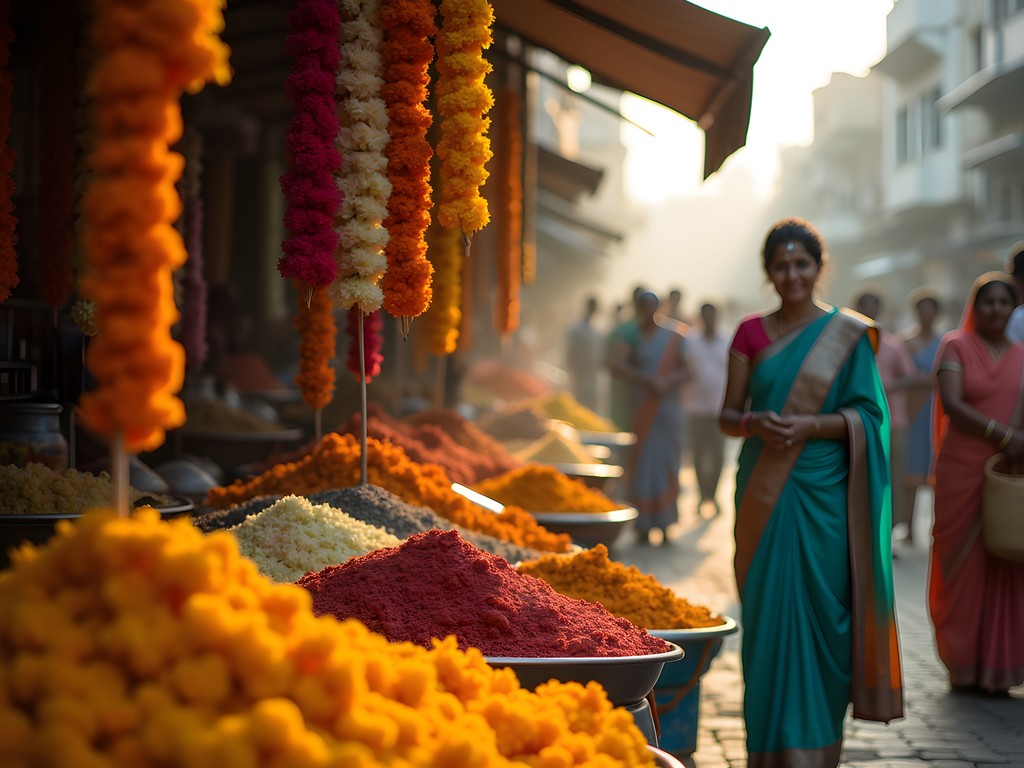
💡 Pro Tips
- Use the Namma Metro to connect between neighborhoods—it's clean, efficient, and helps you avoid Bangalore's notorious traffic
- Visit neighborhood markets early in the morning (6-8am) when locals shop and before tourist crowds arrive
- Look for small, family-run darshinis (quick-service restaurants) for authentic and affordable South Indian meals
Cricket Culture: Beyond the Stadium Experience
As a cricket enthusiast who's traveled to matches across three continents, I was determined to experience Bangalore's cricket scene like a local. While the M. Chinnaswamy Stadium hosts international matches, the city's cricket culture runs much deeper through community grounds, local leagues, and passionate viewing parties.
During my stay, I discovered that the Karnataka State Cricket Association (KSCA) grounds often host domestic matches that tourists completely overlook. For just ₹100 (about $1.20), I watched talented state-level players competing in the Ranji Trophy—India's premier domestic cricket competition. The sparse crowd meant I could easily chat with knowledgeable local fans who were delighted to explain the nuances of spin bowling techniques and player histories.
Even more revealing was my discovery of gully cricket—informal matches played in streets, parks, and any available open space. One Sunday morning in Cubbon Park, I counted seven simultaneous matches taking place, with players ranging from schoolchildren to office workers. When I expressed interest, a group immediately invited me to join, leading to three hours of competitive cricket and newfound friendships.
For those wanting to bring home cricket memorabilia, skip the overpriced official merchandise and head to Sports Center on Commercial Street. I found a quality cricket bat at nearly half the price of what I'd pay online, and the owner threw in a free grip installation while sharing stories about meeting cricket legends who shop there.
The most authentic cricket experience, however, came from watching important matches at local establishments. During an India-Australia T20 match, I joined crowds at The Permit Room in Indiranagar, where the collective gasps, cheers, and tactical debates among strangers created an electric atmosphere no stadium could replicate.
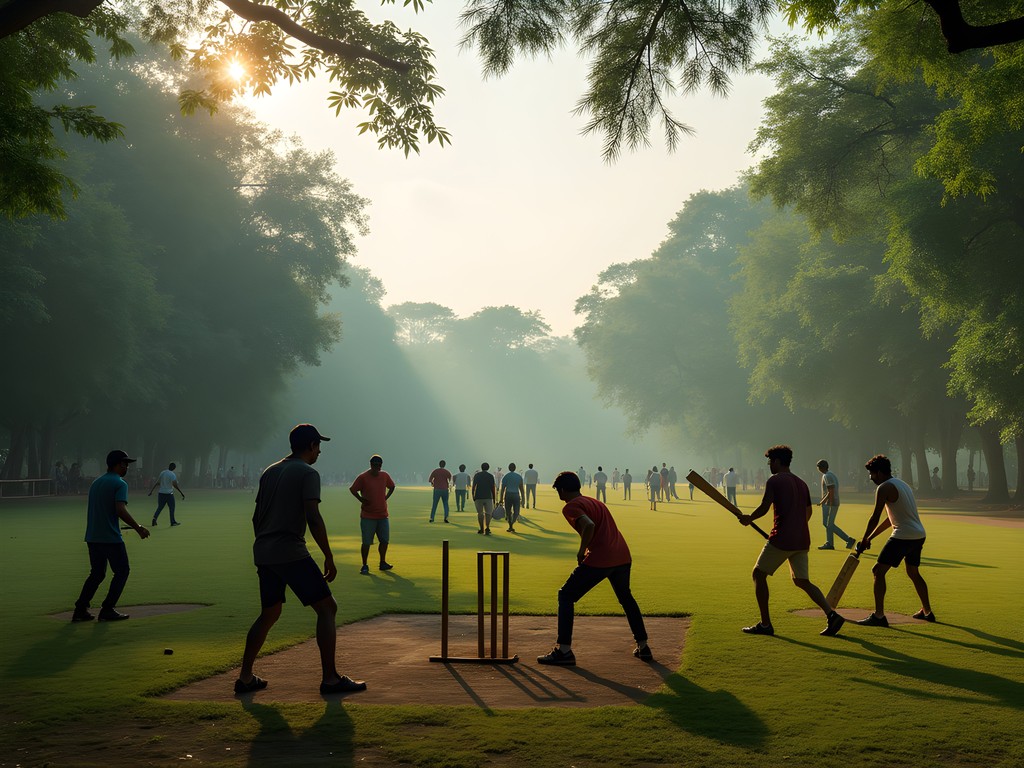
💡 Pro Tips
- Check the KSCA website for domestic match schedules that rarely appear in tourist guides
- Visit Cubbon Park on weekend mornings to watch (or join) informal cricket matches
- Ask your accommodation host about neighborhood 'cricket screening points' where locals gather to watch important matches
Sustainable Transportation: A City Planner's Perspective
Navigating Bangalore's transportation landscape offers fascinating insights into both urban planning challenges and ingenious local solutions. As a city planner, I was particularly interested in how residents move through this rapidly expanding metropolis.
The Namma Metro system, though limited in coverage, provides an efficient alternative to road traffic. What impressed me most was the thoughtful integration of first/last mile connectivity at many stations. The Indiranagar station, for example, has designated auto-rickshaw stands with fixed fare charts and bicycle parking facilities—small but significant urban design choices that enhance usability.
For environmentally conscious travelers, Bangalore's electric scooter sharing system deserves attention. I used the Yulu app to unlock these compact blue scooters stationed throughout central neighborhoods, paying just ₹25 ($0.30) to start and ₹10 ($0.12) per 10 minutes. The network of charging stations is surprisingly comprehensive, and I found this to be the most efficient way to explore areas like Koramangala and HSR Layout.
Bangalore's bus system initially seemed intimidating with its vast network of routes, but the Tummoc app (developed locally) transformed my experience by providing real-time tracking and route suggestions. The Vajra and Vayu Vajra (AC) buses offer comfortable, affordable transportation—I particularly recommend the latter for airport transfers at a fraction of taxi costs.
Perhaps most interesting was observing how locals have developed informal transportation norms. The concept of 'share autos'—where auto-rickshaws follow fixed routes with multiple passengers—demonstrates community-led solutions to transportation gaps. Along Outer Ring Road, I joined office workers in these shared rides for just ₹30 ($0.36) per person, witnessing firsthand how informal systems complement official infrastructure.
As someone who studies urban mobility professionally, I was fascinated by Bangalore's charging infrastructure development. Several shopping malls now feature electric vehicle charging stations, signaling the city's gradual shift toward sustainable transportation options despite significant road congestion challenges.
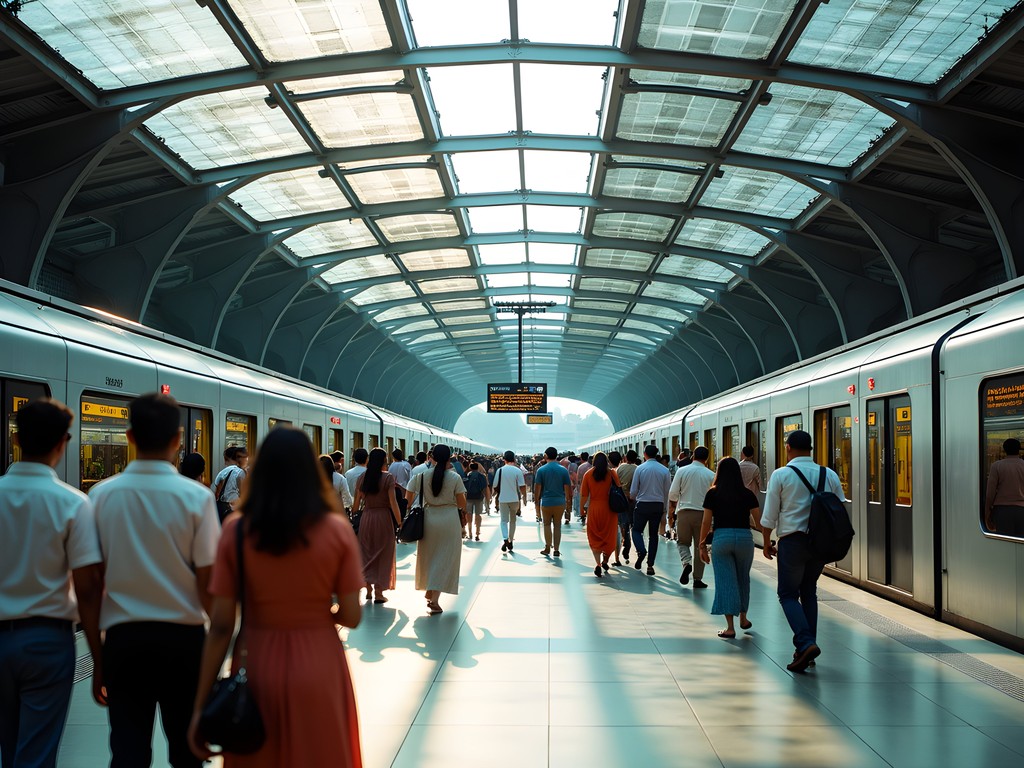
💡 Pro Tips
- Download the Tummoc app for navigating Bangalore's complex bus system with real-time tracking
- Use the Namma Metro during non-peak hours (avoid 9-11am and 5-8pm) for a more comfortable experience
- Consider Yulu electric scooters for short distances in central neighborhoods—they're eco-friendly and bypass traffic
Budget-Friendly Food Adventures Beyond Darshinis
Bangalore's food scene offers remarkable depth beyond the well-documented South Indian staples. While darshinis (stand-up quick-service restaurants) serving idli, dosa, and filter coffee remain essential experiences, my urban exploration revealed neighborhood-specific culinary treasures that most travel guides overlook.
Military Hotels—traditional establishments originally catering to army personnel—serve non-vegetarian Karnataka specialties at remarkably affordable prices. In Shivajinagar, I discovered Ranganna Military Hotel, where the mutton pulao (₹180/$2.15) delivered complex flavors I'm still dreaming about. These no-frills eateries prioritize authentic recipes over ambiance, offering a glimpse into pre-IT boom Bangalore.
The city's colonial history created unique fusion cuisines worth seeking out. Anglo-Indian establishments like Koshy's on St. Mark's Road serve distinctive dishes like Railway Mutton Curry and Pepper Water—culinary artifacts from British occupation that have evolved into local classics. At ₹250-350 ($3-4) per dish, these represent excellent value while providing historical context through food.
For late-night dining that won't break your budget, follow the IT workers to Empire Restaurant's multiple branches, open until 1am. Their butter chicken rolls (₹140/$1.67) and coin parotas with sagu (₹110/$1.31) have achieved cult status among locals working late shifts.
Perhaps my most valuable food discovery came through my homestay host, who directed me to his neighborhood's 'messes'—basic eateries serving home-style meals on banana leaves. At Rameshwaram Cafe in Indiranagar, I enjoyed unlimited servings of rice, sambar, rasam, and vegetables for just ₹120 ($1.43), sitting shoulder-to-shoulder with locals from all walks of life.
To navigate Bangalore's street food safely, I relied on my portable water purifier, which allowed me to refill from any source and try everything from roadside sugarcane juice to chaat without concerns. This simple tool expanded my culinary horizons while preventing the digestive issues that plagued fellow travelers I met.
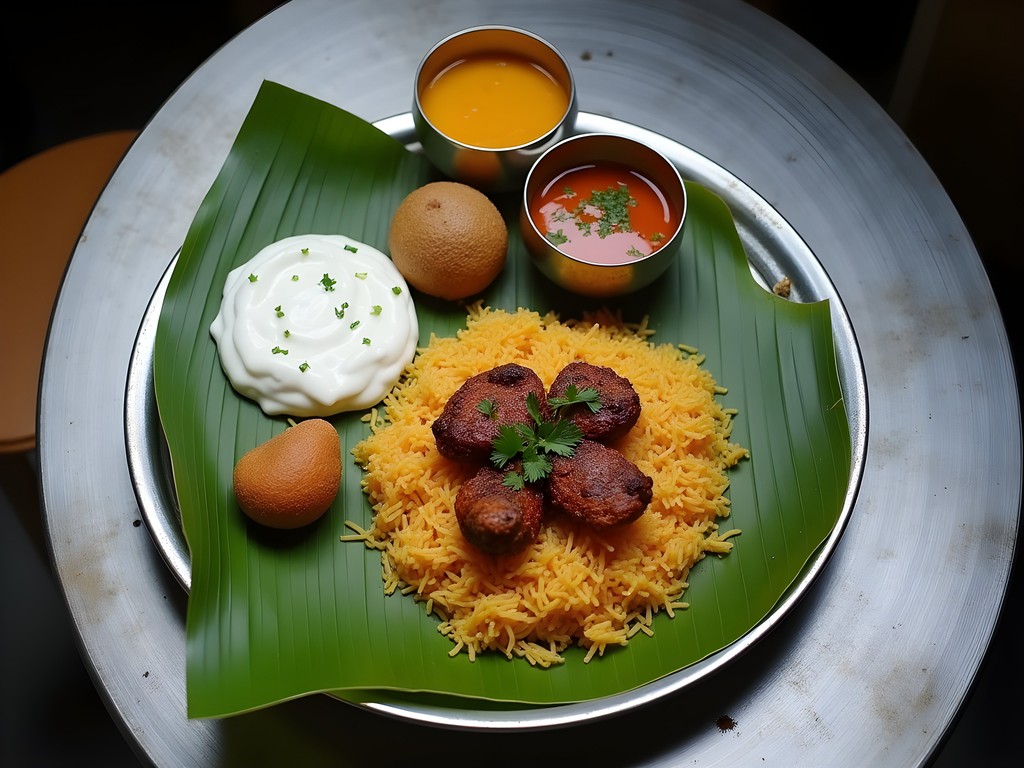
💡 Pro Tips
- Look for places with 'Military Hotel' in the name for authentic, budget-friendly Karnataka non-vegetarian specialties
- Visit 'messes' during lunch hours (12-2pm) for unlimited vegetarian thalis served on banana leaves
- Follow office workers after 6pm—they invariably lead to affordable local favorites rather than tourist traps
Co-Working and Digital Nomad Spaces: The Other Side of Tech Bangalore
While Bangalore's reputation as India's Silicon Valley typically conjures images of massive corporate campuses, the city has developed a fascinating parallel ecosystem of co-working spaces and digital nomad hubs that offer visitors productive environments and networking opportunities.
As someone who needed to stay connected with my urban planning projects back in Rochester, finding suitable work spaces was essential. What I discovered was a diverse landscape of options catering to different work styles and budgets.
The city's coffee culture provides the most accessible entry point for casual work sessions. Third Wave Coffee Roasters in Koramangala offers reliable Wi-Fi, ample power outlets, and a surprisingly tolerant attitude toward laptop workers nursing a single coffee for hours. Their filter coffee (₹120/$1.43) provides the perfect caffeine boost for deadline crunches.
For more structured environments, Bangalore offers innovative pay-per-use models. I particularly appreciated Daftar in Indiranagar, where ₹350 ($4.18) buys a full day of access to professional facilities including meeting rooms and printing services. The community aspect proved unexpectedly valuable—I met local urban designers who shared insights about Bangalore's development challenges that no guidebook could provide.
Most intriguing were the hybrid spaces emerging throughout the city. Lahe Lahe in Indiranagar functions as part co-working space, part cultural center, hosting everything from poetry readings to traditional dance workshops after work hours. For ₹500 ($5.97) daily, I not only had a productive workspace but also access to evening events that connected me with Bangalore's creative community.
For digital nomads planning extended stays, monthly packages offer significant value. I recommend researching options on the workspace finder platform, which provides detailed reviews and often exclusive discounts for Bangalore's best co-working spaces. This resource helped me discover smaller, neighborhood-based options beyond the well-known chains.
The tech infrastructure supporting these spaces impressed me from an urban planning perspective. Many co-working hubs have invested in backup power systems and redundant internet connections—essential considerations in a city still developing reliable utilities. This resilient approach to infrastructure represents a microcosm of how Bangalore adapts to challenges through entrepreneurial solutions.

💡 Pro Tips
- Purchase a local Jio or Airtel SIM card as backup internet—they offer inexpensive data plans and excellent coverage throughout Bangalore
- Look for co-working spaces near metro stations to minimize commute times in Bangalore's unpredictable traffic
- Visit WeWork Galaxy on Residency Road for free community events that provide networking opportunities with local professionals
Final Thoughts
After two weeks immersed in Bangalore's complex urban fabric, I've come to appreciate how this city defies simple categorization. Beyond the tech campuses and tourist sites lies a metropolis of fascinating contradictions—ancient traditions flourishing alongside startup culture, infrastructure challenges met with innovative solutions, and neighborhoods maintaining distinct identities despite rapid development. As a city planner, I'm taking home valuable lessons about resilient urban systems and community-led solutions. As a traveler, I'm leaving with cricket memories, culinary discoveries, and connections that transformed me from observer to participant. Bangalore rewards those willing to navigate its complexities with patience and curiosity. By approaching the city through its neighborhoods, transportation networks, and community spaces rather than a checklist of attractions, you'll discover the authentic pulse that makes this so much more than India's Silicon Valley. It's a living laboratory of urban evolution that continues to reinvent itself while honoring its roots.
✨ Key Takeaways
- Explore Bangalore through its distinct neighborhoods rather than isolated attractions to understand the city's true character
- Use a mix of transportation options (metro, buses, electric scooters) to navigate efficiently while experiencing local mobility patterns
- Connect with residents through shared interests like cricket, food, or professional networks to transform your experience from tourist to temporary local
📋 Practical Information
Best Time to Visit
November through February (winter)
Budget Estimate
$30-50 per day excluding accommodation
Recommended Duration
Minimum 10 days to experience neighborhood dynamics
Difficulty Level
Moderate

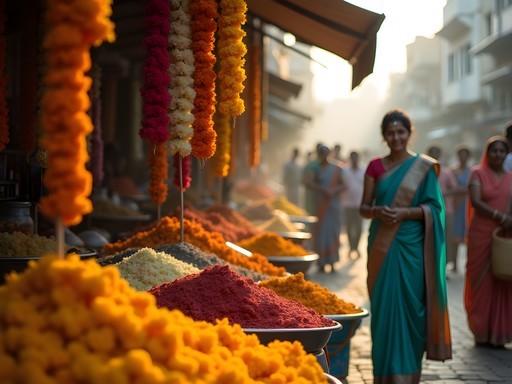
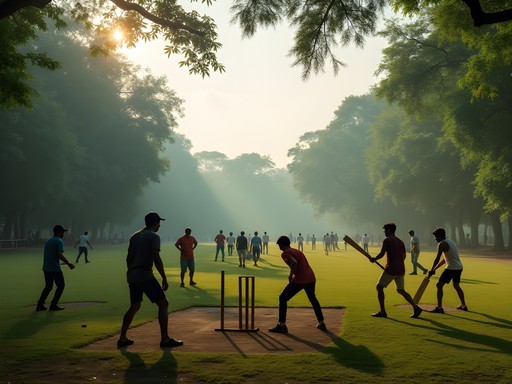
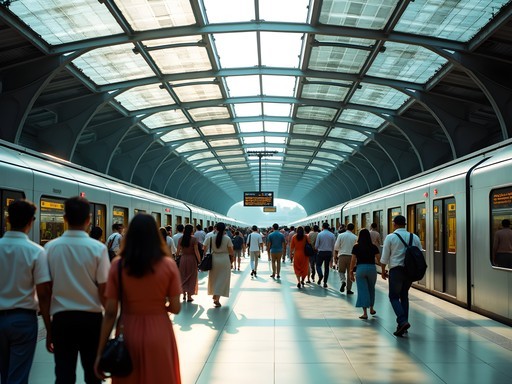
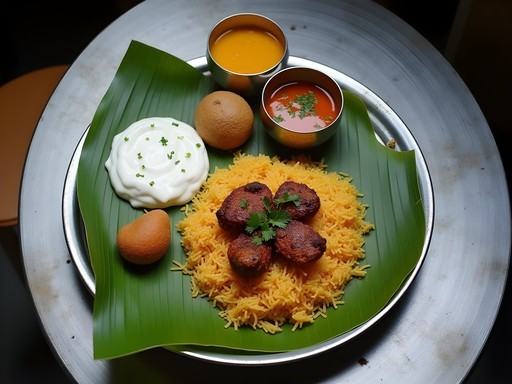
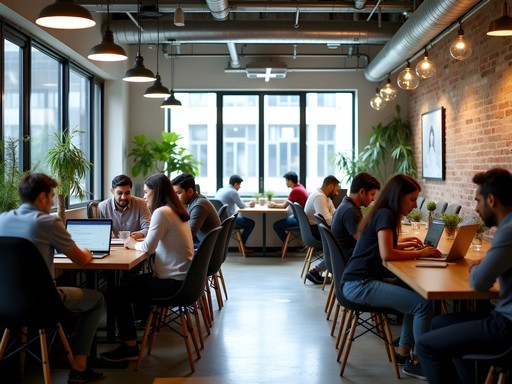



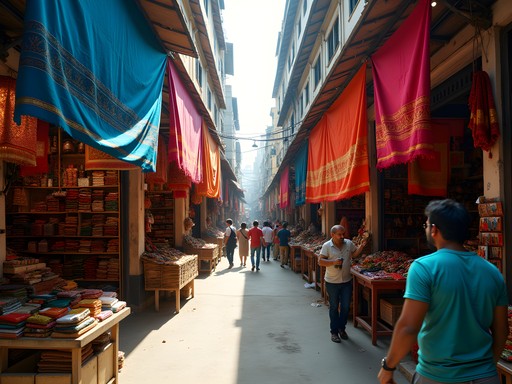
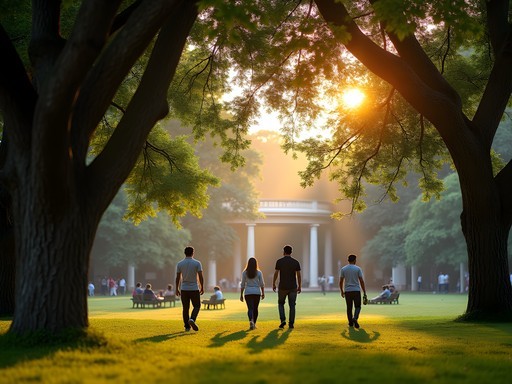

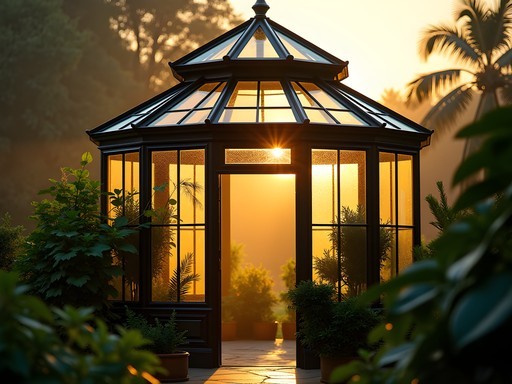
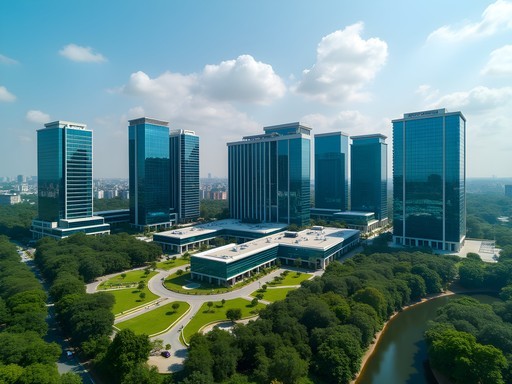
Comments
wanderlife
Love how you went beyond the tech stereotype! Those street food recommendations made me hungry just reading.
Sarah Powell
Avery, your urban planner perspective on Bangalore is refreshing! I especially appreciated your analysis of how the cricket culture shapes community spaces. During my visit, I stumbled upon a neighborhood match in Cubbon Park that turned into an impromptu cultural exchange when locals invited me to join. Your section on budget food beyond darshinis is spot-on too - I'd add that the military hotels serving non-veg Karnataka cuisine are worth exploring for adventurous eaters. The mutton pulao at Shivaji Military Hotel was life-changing. Question: did you notice how differently the various neighborhoods handle waste management? As an urban planner, I'd be curious about your thoughts on Bangalore's sustainability initiatives beyond transportation.
Avery Elliott
Thanks Sarah! Great observation about waste management. I noticed stark contrasts between neighborhoods - Koramangala has some impressive community-led segregation initiatives, while older areas struggle with infrastructure limitations. Some tech campuses are pioneering zero-waste systems that could scale citywide with proper support. Bangalore's water scarcity is also driving interesting rainwater harvesting innovations worth studying!
beachwalker
I've never been to India before and Bangalore seems intimidating. Is public transportation really manageable for first-timers? Your sustainable transportation section got me curious!
Sarah Powell
Not the author, but I visited Bangalore last year and found the metro surprisingly easy to navigate. It's clean, efficient and has English signage. The Namma Metro app was super helpful - definitely download it before your trip. Buses are more chaotic but using the Tummoc app helped me figure out routes. Auto-rickshaws are fun for short distances but agree on price beforehand or insist on meter!
beachwalker
That's reassuring! I'll check out those apps. Did you feel safe as a solo traveler?
Sarah Powell
Yes, I felt quite safe in Bangalore, especially in more cosmopolitan areas. Just use standard travel precautions. I used personal alarm for peace of mind, but honestly never needed it. The metro has women-only cars too if you prefer that option.
tripguide
Great insights on Bangalore! I'm heading there next month for work. Which neighborhood would you recommend for someone who wants to be close to tech companies but still experience the authentic local vibe?
Avery Elliott
Indiranagar or Koramangala would be perfect for you! Both have tech offices nearby but retain their character with great local restaurants, cafes, and cultural spots. Koramangala is a bit more youthful with startups, while Indiranagar has more established charm.
tripguide
Thanks so much! Leaning toward Indiranagar based on your description. Any specific spots there I shouldn't miss?
Avery Elliott
Don't miss 12th Main Road for food and shopping, catch live music at Foxtrot, and try the dosas at CTR if you can make the short trip to Malleswaram!
winterclimber411
Just got back from Bangalore and this post is spot on! The neighborhood differences are striking. We stayed in Malleswaram and loved the morning market vibes and old Bangalore feel. Totally different from the Koramangala tech scene. One thing I'd add about cricket culture - we stumbled upon a local tournament in a neighborhood park and ended up being invited to join a family for chai while watching. Those spontaneous moments really made our trip special. The sustainable transportation section was helpful too - we used the metro a lot and found it super clean and efficient compared to other Indian cities we visited.
Sophia Gomez
Malleswaram is such a gem! Did you try the dosas at CTR? That was a highlight of my trip.
winterclimber411
YES! The benne dosa at CTR was incredible. Worth the wait in line 100%.
moonseeker
This post is EVERYTHING!!! 😍 I've been nervous about visiting India for the first time and Bangalore seems like the perfect introduction. Your neighborhood breakdown is so helpful! Can't wait to try those darshinis!
Claire Hawkins
Your post brought back so many memories! We took our kids (7 and 9) to Bangalore last summer and followed a similar approach of 'living like locals.' The Lalbagh Botanical Gardens became our morning ritual - the kids loved spotting different birds there! One tip for families I'd add: the Sunday morning 'cycle day' events in Cubbon Park are perfect for children, as roads are closed to traffic and you can rent bikes. We actually found Bangalore surprisingly family-friendly once we escaped the tech corridors. The Metro was a huge hit with our kids too - clean, efficient, and gave us a great overview of the city's layout.
Avery Elliott
Claire, that's such a great addition about the Sunday cycle days! I completely missed those during my visit. Sounds like you found the perfect balance of activities for the kids while still experiencing the authentic city.
Sophia Gomez
This post couldn't have come at a better time! I'm heading to Bangalore next week for a business trip but want to make the most of my weekends. Your sustainable transportation section is incredibly helpful - I was debating whether to just use rideshares the whole time. I'm definitely going to try the metro now! For anyone else traveling there for work, I found my noise-canceling headphones essential for working in cafes during my last visit. Question for you Avery - did you find any good weekend getaways that are accessible by public transport from the city?
blueking
Not Avery, but I'd recommend Nandi Hills for a day trip - buses leave from Majestic Bus Station. Perfect sunrise spot! For overnight, try Mysore - just 3 hours by train and absolutely worth it.
Sophia Gomez
Thanks for the suggestions! Nandi Hills sounds perfect for a quick escape.
SoloTrekker45
Great insights! I'm planning a trip next month. How did you find the public transportation for getting around? Is Uber widely available?
Avery Elliott
Public transport is quite good! The Metro is clean and efficient but limited in coverage. Buses are comprehensive but can be crowded. And yes, Uber is everywhere, along with Ola (the local equivalent). For short distances, auto-rickshaws are fun and part of the experience - just agree on price before starting the journey!
sunnyone
Love your photos of the local cricket matches! So much energy!
Venture X
Premium card with 2X miles, $300 travel credit, Priority Pass